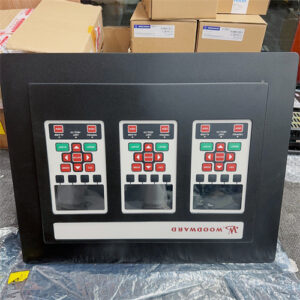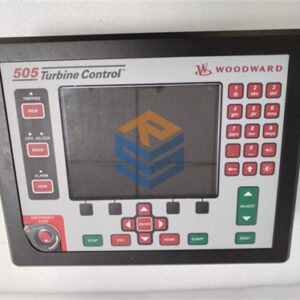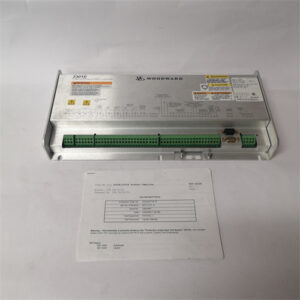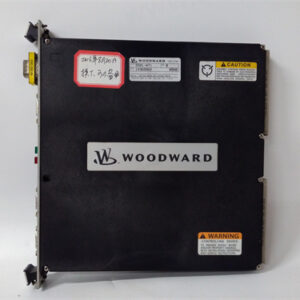الوصف
The WOODWARD 9904-813 is a mechanical-hydraulic speed droop governor specifically engineered for steam turbines. It is a component of the TG-17L (Lever) series and is designed for high-speed applications, typically operating up to 6000 rpm. This particular model features counterclockwise (CCW) drive shaft rotation and offers speed adjustments via a lever mechanism. Its ATEX certification means it’s suitable for use in potentially explosive atmospheres, and it often includes stainless steel components for enhanced corrosion resistance, increasing its durability in harsh environments.
Product Overview
The 9904-813 functions as a mechanical-hydraulic governor, continuously monitoring the turbine’s rotational speed. It then compares this speed to an internal setpoint and precisely adjusts the turbine’s governor valve to control the steam inlet flow, thereby regulating the turbine’s speed.
- Product Type: Mechanical-Hydraulic Speed Droop Governor
- Manufacturer: Woodward
- Series: TG-17L (Lever-operated)
- Application: Small to medium steam turbines (e.g., driving pumps, compressors, generators).
- Key Feature: Speed droop control (not isochronous).
- Rated Speed: Designed for operation up to 6000 rpm.
- Speed Setting Mechanism: Lever-operated (manual adjustment).
- Drive Shaft Rotation: Counterclockwise (CCW) rotation.
- Output: 23.7 N·m (17.5 ft-lb) rotary output.
- Material: Often incorporates Stainless Steel (SS) components for enhanced corrosion resistance.
- Environmental Certification: ATEX certified (suitable for potentially explosive atmospheres).
- Rated Speed @ 2° Droop: 5860 rpm (this indicates the speed reduction for a given load increase based on a 2% droop setting).
Detailed Product Description
The WOODWARD 9904-813 offers a reliable and cost-effective solution for steam turbine speed control. It’s a key part of the well-established TG-17 governor family, known for its higher work output compared to the TG-13 series governors.
Here’s a breakdown of its features and how it functions:
- Mechanical-Hydraulic Operation: This governor is a self-contained unit. It uses an integrated drive shaft-driven ball head assembly to sense the turbine’s speed accurately. An internal, shaft-driven oil pump generates the necessary hydraulic pressure (1379 kPa / 200 psi for TG-17 governors, higher than the TG-13’s 1034 kPa / 150 psi) to power the internal servomotor. This servomotor then precisely controls the turbine’s steam admission valve. This robust mechanical-hydraulic design minimizes reliance on external electronic components for its core speed sensing and actuation.
- Speed Droop Control: The 9904-813 operates on the speed droop principle. This means that as the load on the turbine increases, its speed will slightly decrease proportionally. This characteristic is often desired in applications involving load sharing among multiple prime movers or where a slight, predictable speed variation due to load changes is acceptable for system stability.
- Direct Turbine Connection: The governor is designed for direct coupling to the steam turbine’s rotor or an auxiliary shaft to receive speed input. Its rotary output shaft then directly connects to the turbine’s steam admission valve, enabling precise regulation of steam flow.
- High-Speed Capability (6000 rpm): A significant feature of the 9904-813 is its suitability for turbines operating at higher rotational speeds, up to 6000 rpm. This makes it an ideal choice for a wide range of industrial steam turbine applications that require fast rotational speeds.
- Lever-Operated Speed Setting: The “L” in TG-17L and the part number imply that the speed setpoint is adjusted via a mechanical lever. This method offers a straightforward and direct way for operators to change the desired turbine speed, often preferred for manual, on-the-fly adjustments during operation or startup.
- Counterclockwise (CCW) Rotation: The 9904-813 specifically features a counterclockwise drive shaft rotation and a corresponding counterclockwise output shaft rotation. This is a critical mechanical specification that ensures correct integration with the turbine’s drive train.
- Higher Work Output: As a TG-17 series governor, it provides a substantial work output of 23.7 N·m (17.5 ft-lb). This increased capacity allows it to control larger or more demanding turbine valves compared to the TG-13 series governors.
- Rugged Construction and ATEX Certification: Built to withstand demanding industrial environments, these governors feature robust construction and a self-contained oil sump. The ATEX certification confirms its suitability for use in potentially explosive atmospheres (like those found in oil & gas or chemical processing plants). This means the equipment has undergone rigorous testing and meets strict European Union directives to prevent ignition risks. The potential for stainless steel construction further enhances its durability and corrosion resistance in harsh operating conditions.
Technical Specifications
Typical Applications
The WOODWARD 9904-813 is commonly found in industrial settings utilizing small to medium steam turbines for mechanical drive or power generation, especially in situations where:
- High Speeds are Present: Turbines operating at or around 6000 rpm.
- Higher Work Output is Needed: To effectively operate larger or stiffer turbine control valves.
- Speed Droop Control is Adequate: For applications where stable load sharing or predictable speed variation with load changes is acceptable and contributes to system stability.
- Mechanical-Hydraulic Simplicity is Preferred: When a robust, self-contained mechanical governor is favored over more complex electronic systems, particularly in hazardous or demanding environments.
- Lever-Based Speed Adjustment: Where operators need to manually adjust the speed setpoint via a lever, for example, during startup or load changes.
- Counterclockwise Rotation: The turbine’s mechanical drive interface specifically requires a CCW rotating governor for proper integration.
Common use cases include controlling steam turbines that drive:
- Various process pumps.
- Compressors and turboexpanders in chemical plants, refineries, or gas processing facilities.
- Generators for power generation, often operating in parallel with other power sources.
- Large industrial fans in power plants or other heavy industries.

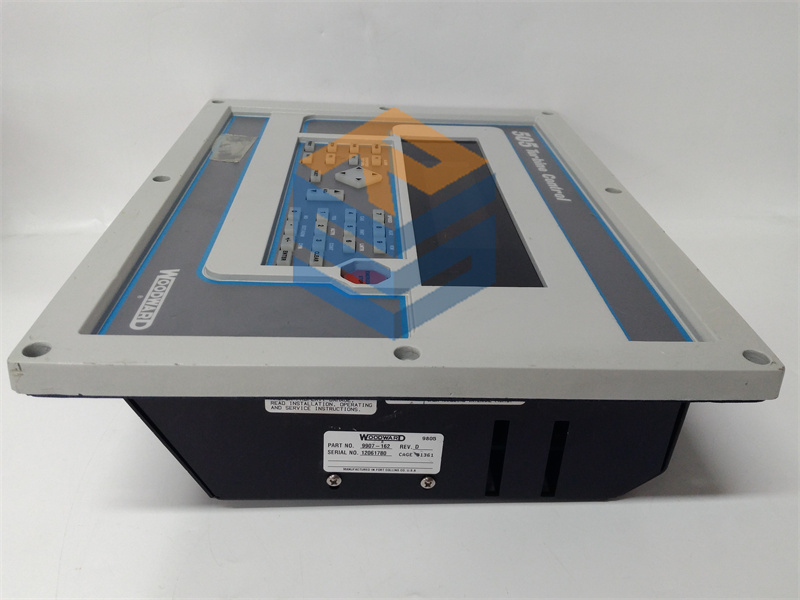

 +86 15340683922
+86 15340683922 +86 15340683922
+86 15340683922